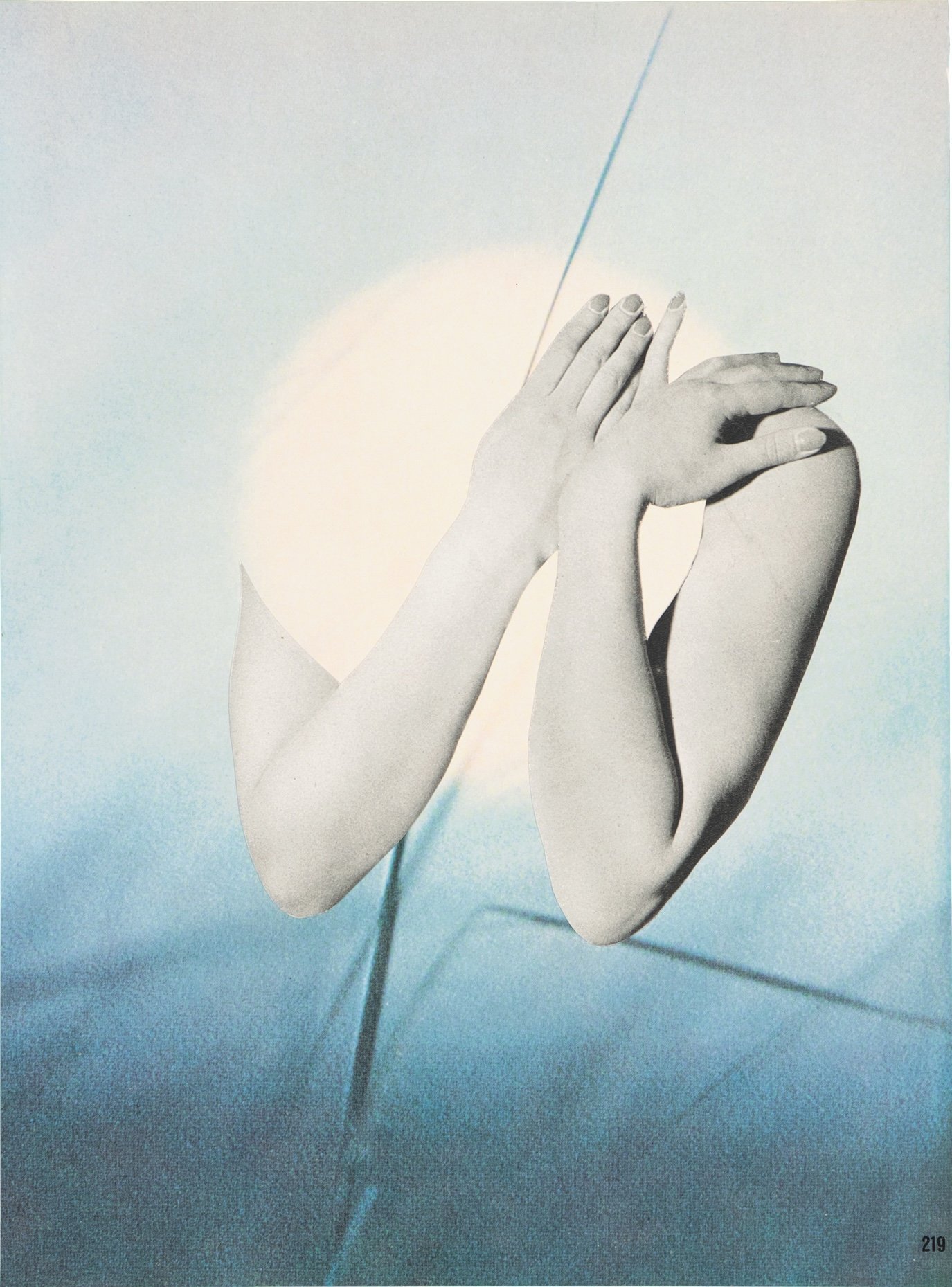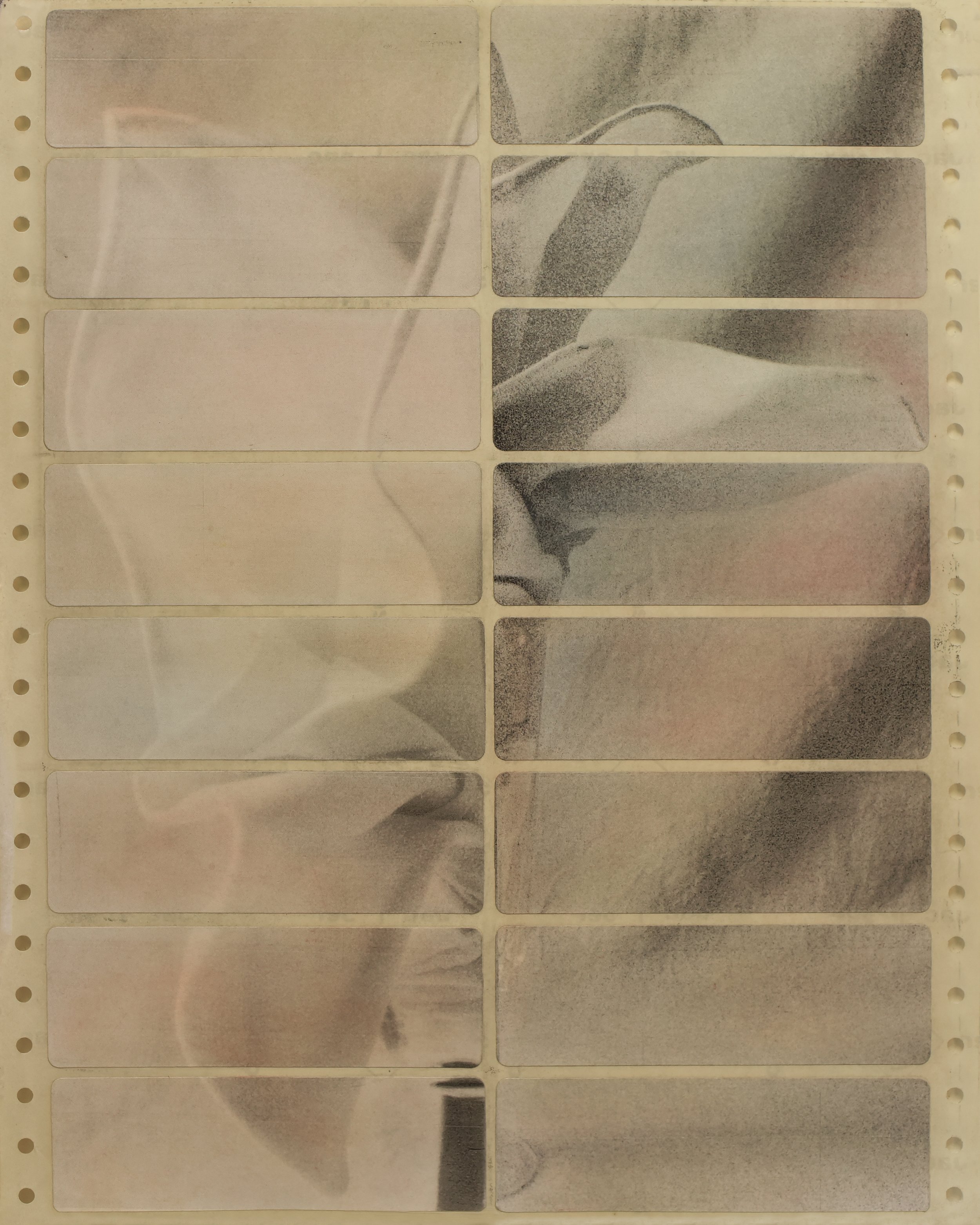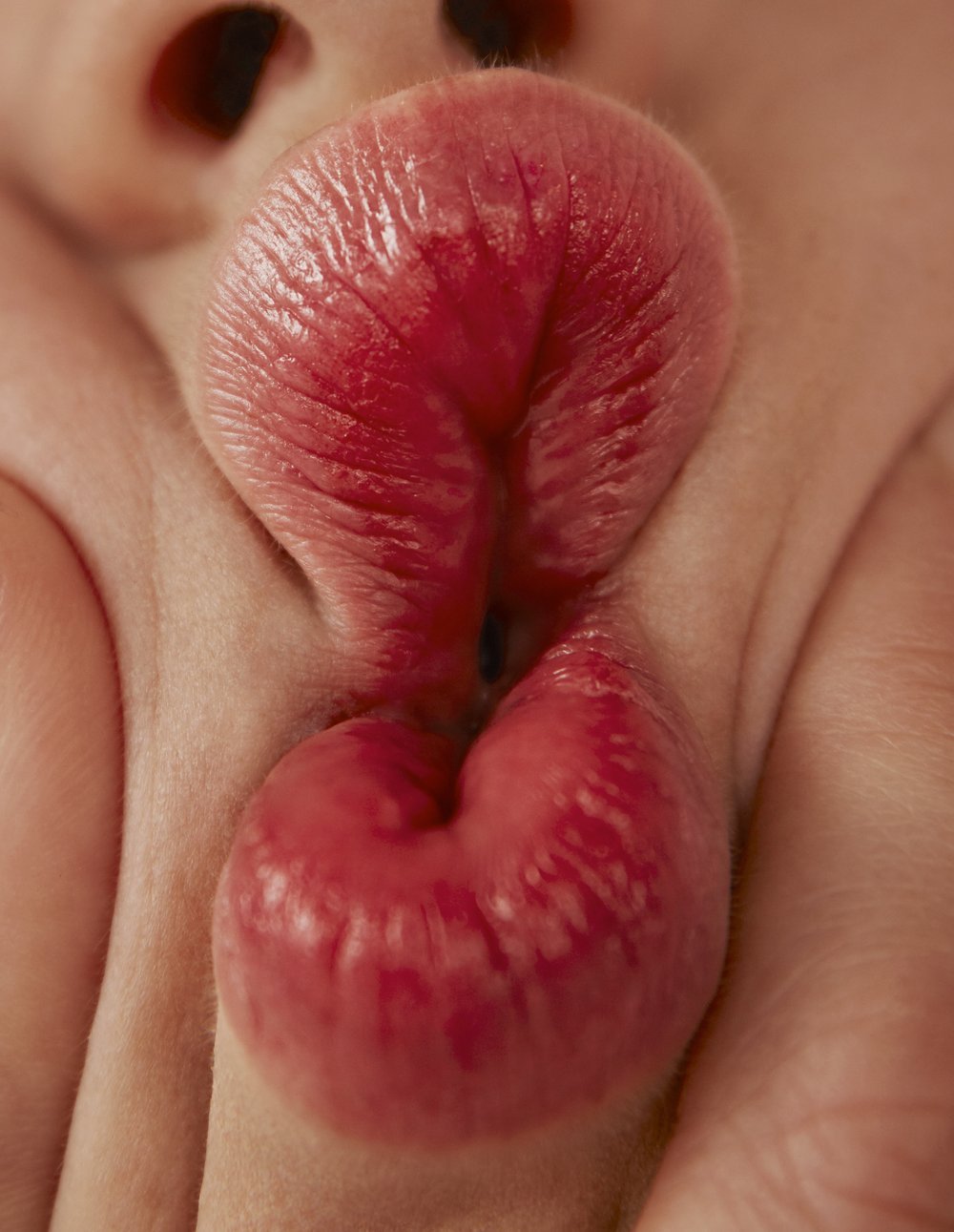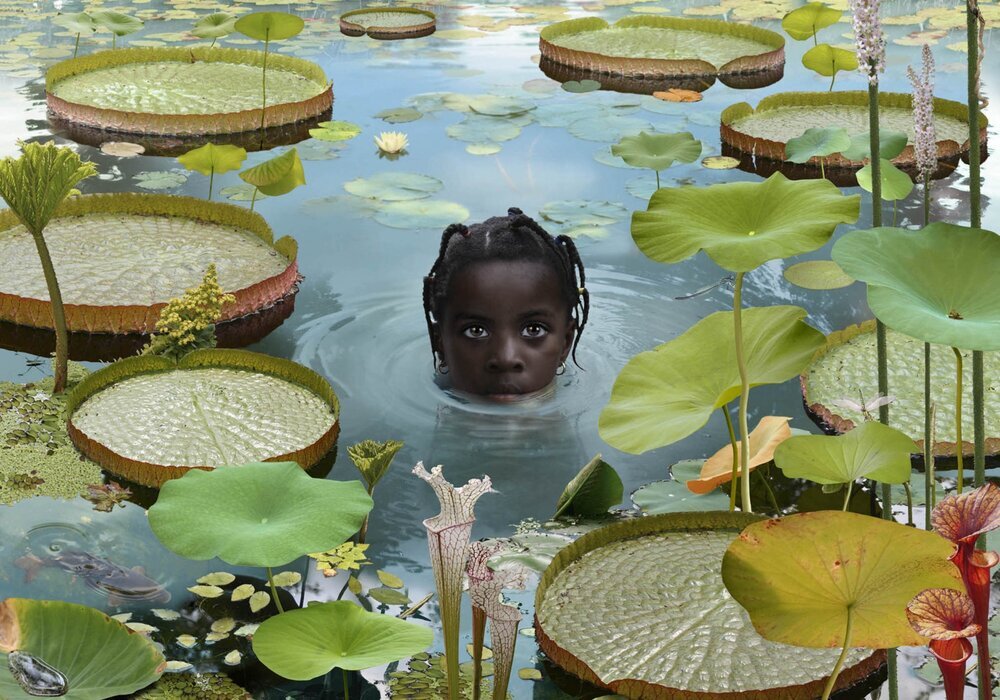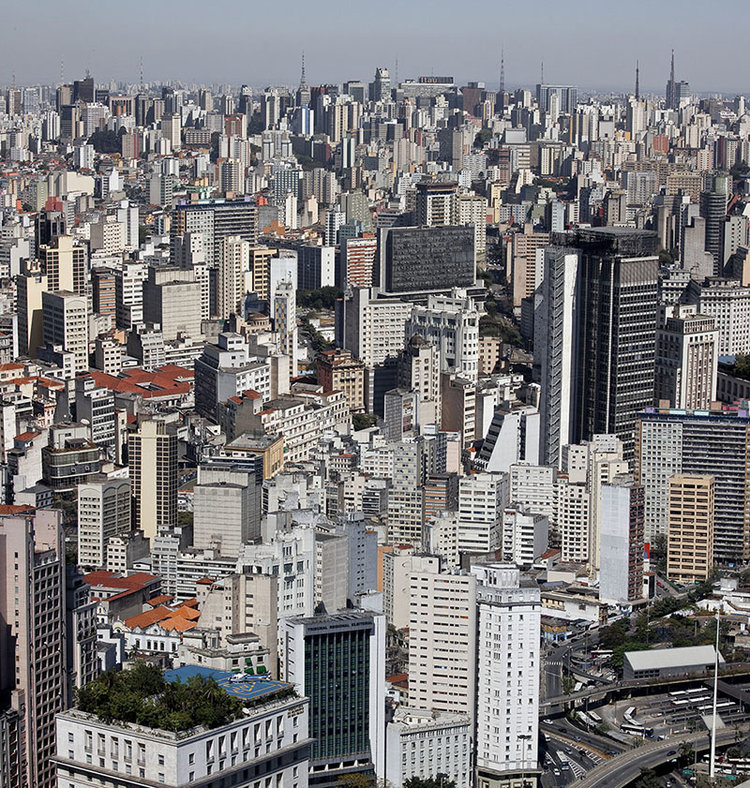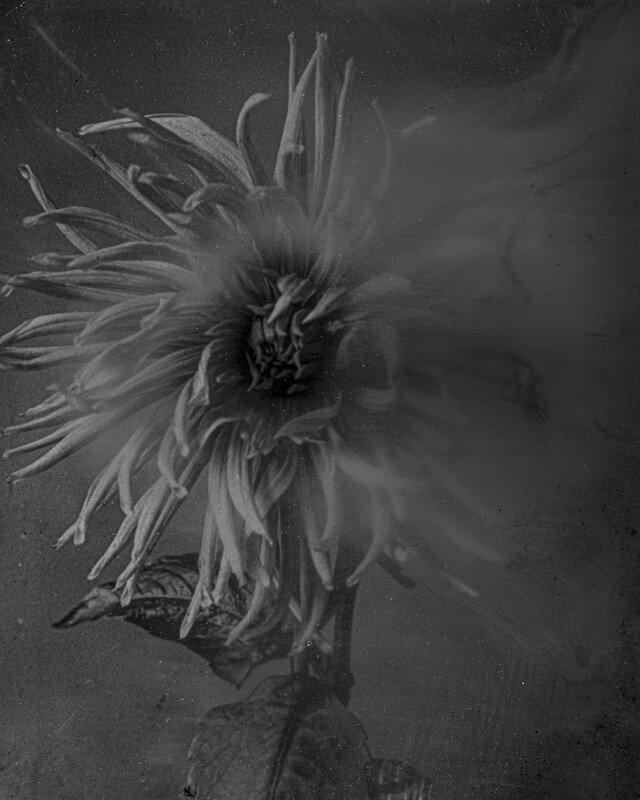
Echtzeit - Dirk Braeckman | FOMU – Fotomuseum Antwerpen
FOMU – Fotomuseum Antwerpen
29. März 2024 – 19. Januar 2025
Echtzeit
Dirk Braeckman
ECHTZEIT #025-24//AP, 2024 © Dirk Braeckman
Dirk Braeckman (BE, 1958) erforscht seit über vierzig Jahren das Medium der Fotografie in dunklen und zurückhaltenden Bildern. Die Ausstellung "Echtzeit" präsentiert einen Dialog zwischen Braeckman und der Sammlung des FOMU. Sie zeigt sowohl die vom Künstler persönlich ausgewählten Museumsstücke als auch die von ihnen inspirierten neuen Arbeiten. Braeckman eignet sich die Stücke aus der Sammlung an und der Betrachter erlebt sie durch die Kamera, die Augen und die Hände des Künstlers.
Braeckman interessiert sich für Fotografien mit Unvollkommenheiten, für leere Innenräume, alltägliche Gegenstände, suggestive Orte oder Objekte, die viel der Fantasie überlassen. Er hat aus der FOMU-Sammlung funktionale Fotografien ausgewählt, die ohne künstlerische Ambitionen entstanden sind. In diesen atypischen Bildern hat er bestimmte Qualitäten und Gemeinsamkeiten mit seinem eigenen Werk erkannt.
Re-Fotografien und Experimente waren schon immer Teil von Braeckmans künstlerischer Praxis, auch wenn der Weg zum endgültigen Bild immer ein anderer ist. Für die FOMU-Ausstellung hat er zum ersten Mal mit einer bestehenden Fotosammlung gearbeitet. Braeckman fotografierte die ausgewählten Bilder und druckte sie aus. Anschließend übermalte er die Abzüge, verwischte sie oder schnitt Löcher hinein. Die Ergebnisse fotografierte er ab und bearbeitete sie in seiner analogen und digitalen Dunkelkammer weiter.
Die ursprüngliche Bedeutung der Fotografien wurde durch das Herausnehmen des Kontextes, die Veränderung des Formats und das Hinzufügen von Titeln verändert. Ein funktionales Dokument wird in ein Kunstwerk verwandelt, ein zeitloses visuelles Gedicht, das mehr Fragen aufwirft als es beantwortet.
Echtzeit" verweist auf Braeckmans Brückenschlag zwischen Vergangenheit und Gegenwart. Gleichzeitig und in Echtzeit kommen drei Perspektiven zusammen: die des ursprünglichen Fotografen, die von Braeckman und die von uns, den Betrachtern.
Dirk Braeckman (BE, °1958) explore le médium de la photographie dans des images sombres et discrètes depuis plus de quarante ans. L'exposition "Echtzeit" présente un dialogue entre Braeckman et la collection de la FOMU. Elle montre les pièces du musée sélectionnées personnellement par l'artiste, ainsi que les nouvelles œuvres qu'elles ont inspirées. Braeckman s'approprie les pièces de la collection et le spectateur les découvre à travers l'appareil photo, les yeux et les mains de l'artiste.
Braeckman s'intéresse aux photographies présentant des imperfections, aux intérieurs vides, aux objets quotidiens, aux lieux évocateurs ou aux objets qui laissent une grande part à l'imagination. Il a choisi dans la collection FOMU des photographies fonctionnelles, réalisées sans ambition artistique. Il a reconnu dans ces images atypiques des qualités et des points communs avec son propre travail.
La rephotographie et l'expérimentation ont toujours fait partie de la pratique artistique de Braeckman, bien que la trajectoire vers l'image finale soit toujours différente. Pour l'exposition FOMU, il a travaillé pour la première fois avec une collection de photos existante. Braeckman a pris des photos des images choisies et les a imprimées. Il a ensuite repeint, barbouillé ou fait des trous dans les tirages. Il a photographié les résultats et les a traités dans sa chambre noire analogique et numérique.
La signification originale des photographies a été altérée par la suppression du contexte, le changement de format et l'ajout de titres. Un document fonctionnel est transformé en une œuvre d'art, un poème visuel intemporel qui soulève plus de questions qu'il n'apporte de réponses.
Echtzeit" fait référence au lien que Braeckman établit entre le passé et le présent. Simultanément et en temps réel, trois perspectives se rencontrent : celle du photographe original, celle de Braeckman et la nôtre, celle des spectateurs.
Dirk Braeckman (BE, 1958) ha esplorato il mezzo fotografico con immagini scure e sobrie per oltre quarant'anni. La mostra "Echtzeit" presenta un dialogo tra Braeckman e la collezione FOMU. Vengono presentati i pezzi del museo selezionati personalmente dall'artista, ma anche i nuovi lavori che li hanno ispirati. Braeckman si appropria dei pezzi della collezione e lo spettatore li vive attraverso la macchina fotografica, gli occhi e le mani dell'artista.
Braeckman è interessato alle fotografie con imperfezioni, agli interni vuoti, agli oggetti quotidiani, ai luoghi evocativi o agli oggetti che lasciano molto all'immaginazione. Ha scelto dalla collezione FOMU fotografie funzionali, realizzate senza ambizioni artistiche. In queste immagini atipiche ha riconosciuto alcune qualità e punti in comune con il proprio lavoro.
La rifotografia e la sperimentazione hanno sempre fatto parte della pratica artistica di Braeckman, anche se la traiettoria verso l'immagine finale è sempre diversa. Per la mostra FOMU ha lavorato per la prima volta con una collezione di foto già esistente. Braeckman ha fotografato le immagini scelte e le ha stampate. Poi ha sovradipinto, imbrattato o bucato le stampe. Ha fotografato i risultati e li ha elaborati ulteriormente nella sua camera oscura analogica e digitale.
Il significato originale delle fotografie è stato alterato attraverso la rimozione del contesto, il cambiamento di formato e l'aggiunta di titoli. Un documento funzionale viene trasformato in un'opera d'arte, un poema visivo senza tempo che solleva più domande che risposte.
Echtzeit" si riferisce al collegamento tra passato e presente operato da Braeckman. Simultaneamente e in tempo reale, si uniscono tre prospettive: quella del fotografo originale, quella di Braeckman e quella di noi spettatori.
Dirk Braeckman (BE, °1958) has explored the medium of photography in dark and understated images, for over forty years. The ‘Echtzeit’ exhibition presents a dialogue between Braeckman and the FOMU collection. It shows the museum pieces personally selected by the artist, and also the new work that these inspired. Braeckman appropriates the pieces from the collection and the viewer experiences them through the artist’s camera, eyes and hands.
Braeckman is interested in photographs with imperfections, in empty interiors, everyday objects, evocative places or objects that leave much to the imagination. He has chosen from the FOMU collection functional photographs, made without artistic ambition. He recognised certain qualities and commonalities with his own work in these atypical images.
Rephotography and experimentation have always formed part of Braeckman’s artistic practice, though the trajectory to the final image is always different. For the FOMU exhibition, he worked for the first time with an existing collection of photos. Braeckman took photos of the chosen images and printed them. He then over-painted, smeared or cut holes in the prints. He photographed the results and processed them further in his analogue and digital darkroom.
The original meaning of the photographs has been altered through the removal of context, the change in format and the addition of titles. A functional document is transformed into a piece of art, a timeless visual poem that raises more questions than it answers.
‘Echtzeit’ refers to Braeckman’s bridging of the past and present. Simultaneously and in real-time, three perspectives: of the original photographer, of Braeckman and of us, the viewers come together.
(Text: FOMU - Fotomuseum Antwerpen, Antwerpen)




